|
|
WP3 - Recent and subfossil biomineral skeletons of Arctic carbonate sediments and organisms as (paleo)environmental archives: a critical assessment
Six main tasks consists of WP3:
- Collect existing and new samples or carbonate producers from areas differing in hydrological, biochemical and biological parameters.
- Installation of experimental aquaria and infrastructure (aquaria equipped with chiller, electronic monitor and controller for continuous measurements of the basic parameters of water, and auxiliary equipment (e.g., ion selective electrodes) for precise monitoring of geochemical parameters.
- Skeletal analyses including mineralogy (calcium carbonate polymorphs), trace elements (e.g., Mg, Sr, Mn, Fe), rare earth elements (REE) of selected skeletons of Arctic organisms from selected areas and organisms selected for aquarium experiments.
- Sclerochronological analysis of growth and mineralogy of calcifying taxa including molluscs, bryozoans, echinoderms on either side of sharp gradients in carbonate saturation state.
- Carbon dating of subfossil core samples.
- Development of integrated database combining biogeochemical parameters and geochemical properties of organism’s skeletons and sediments with water column physical parameters.
This WP will be to evaluate whether and to what degree physicochemical (especially water column geochemistry) or physiological processes affect the structure, mineralogy and geochemistry of marine organisms skeletons and marine sediments. Tasks of this WP are closely link to measurements and outcomes of WP1 and WP 2. Like in all above WPs also this one will last for duration of all the project. Major outcome of this WP is planned in the final your of the project 2016. This will include for example database containing sediment, skeletal mineralogy combined with environmental parameters.
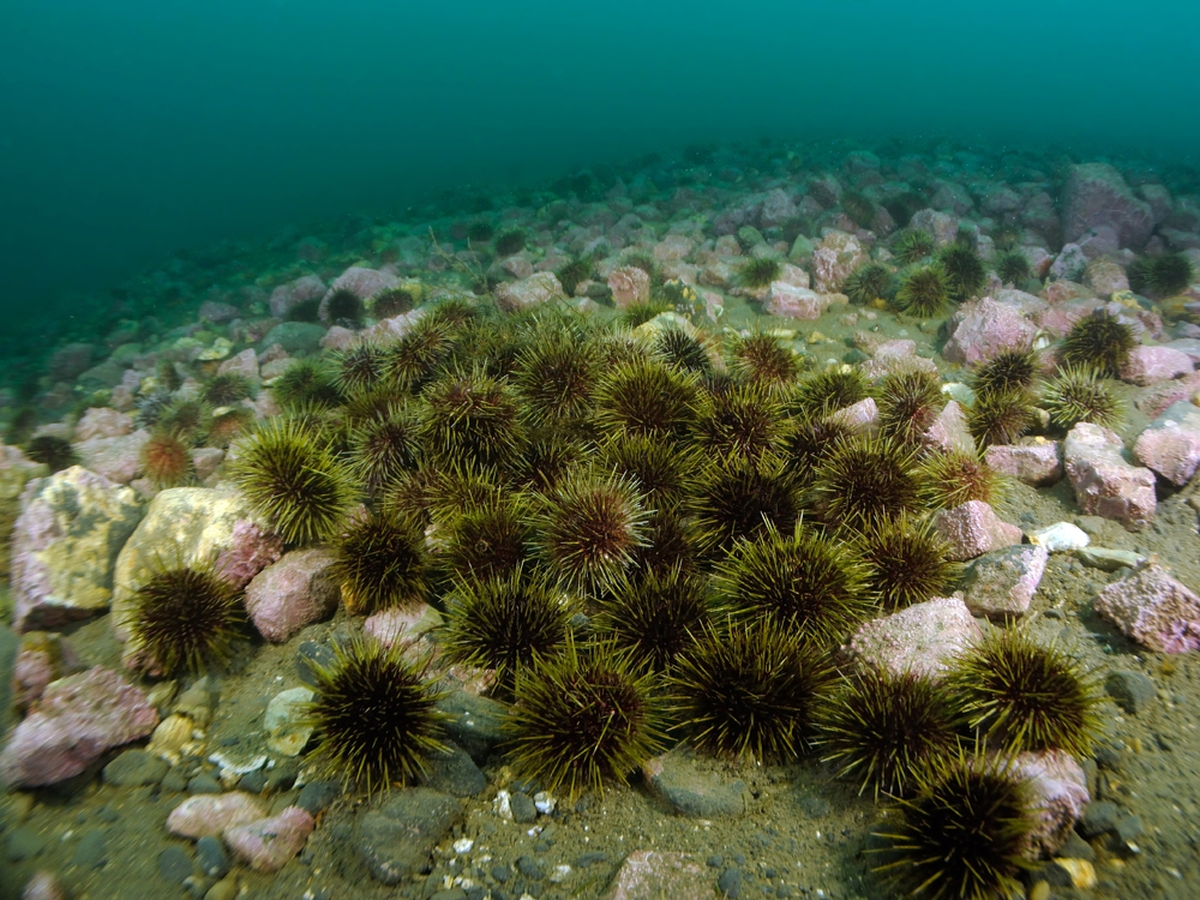
photo: P. Balazy |
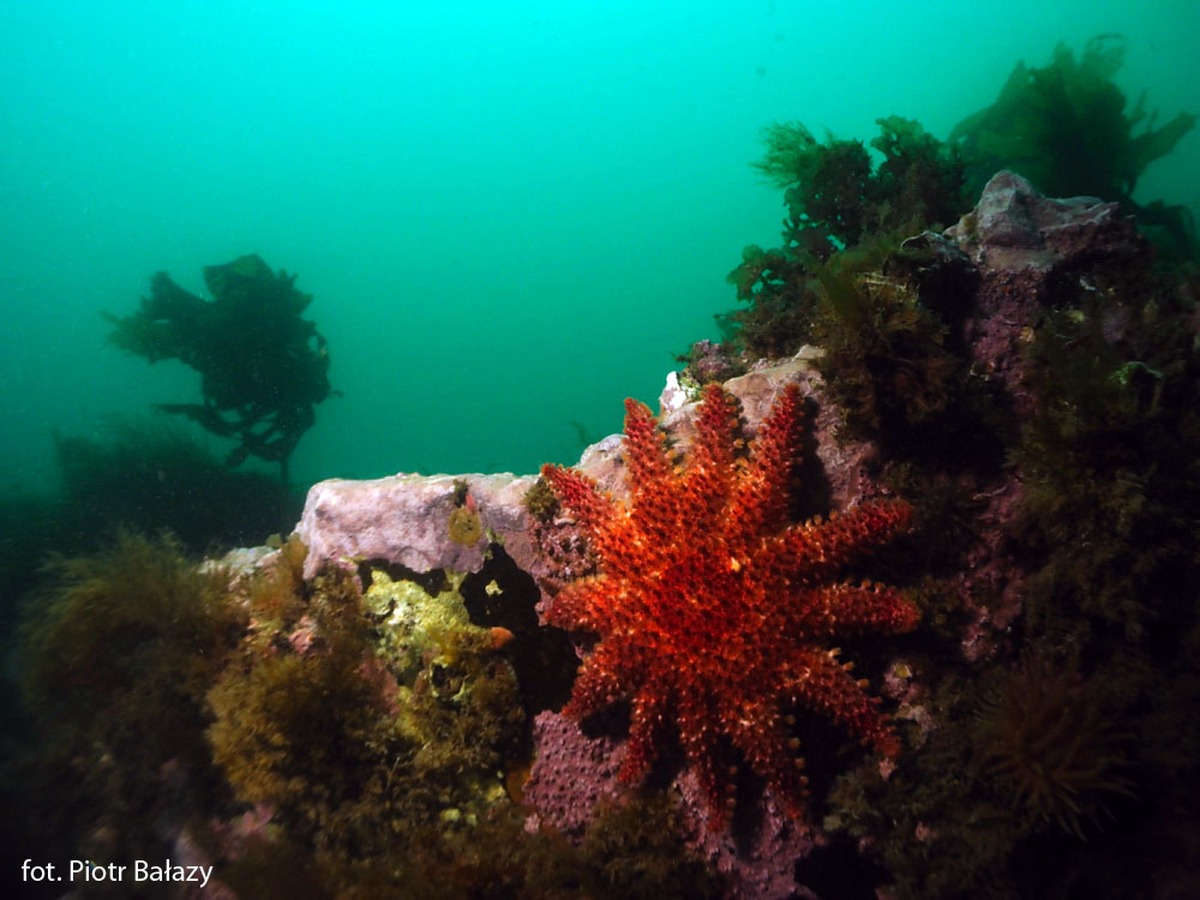
photo: P. Balazy |
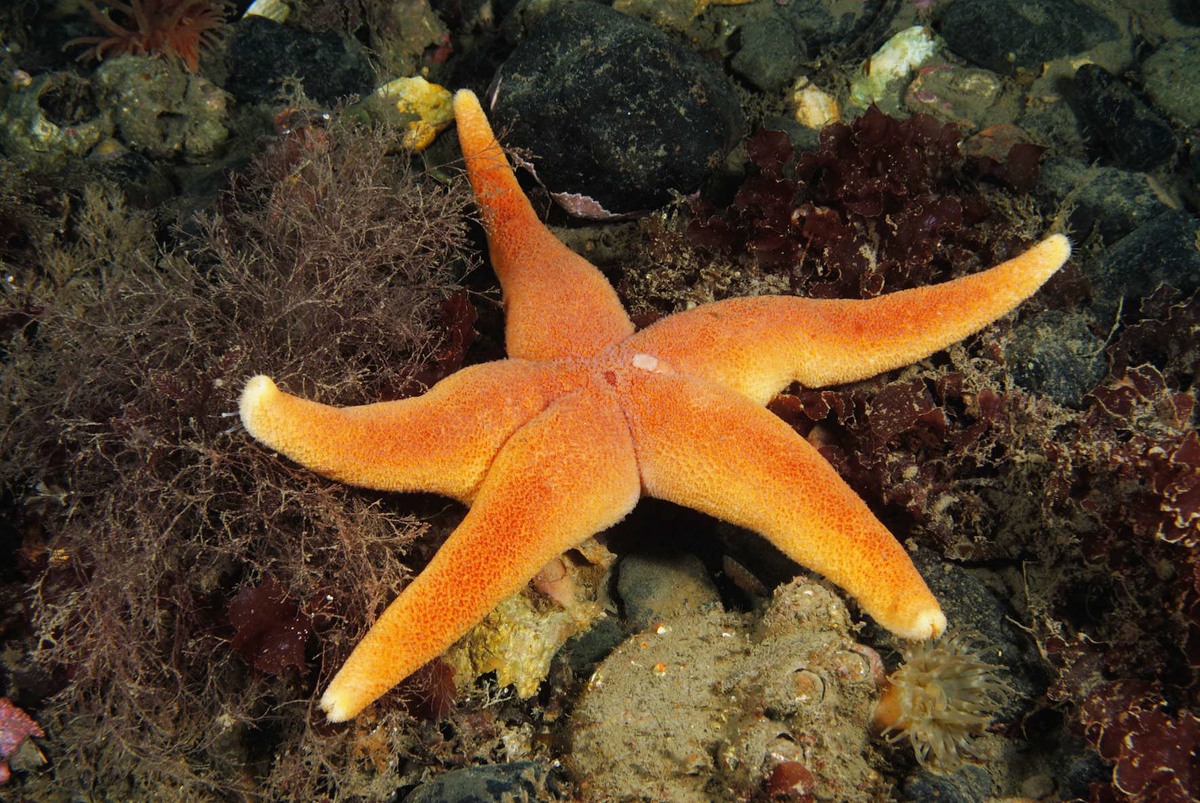
photo: P. Kukliński |
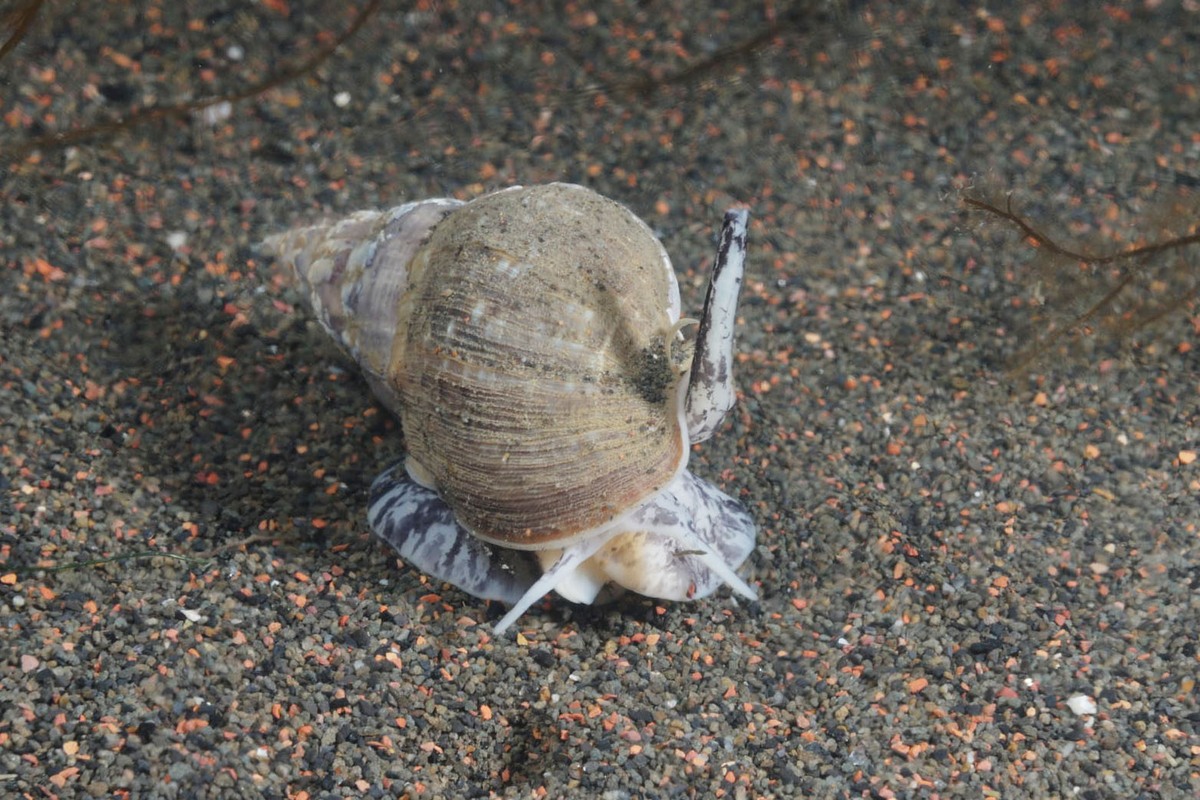
photo: P. Kukliński |
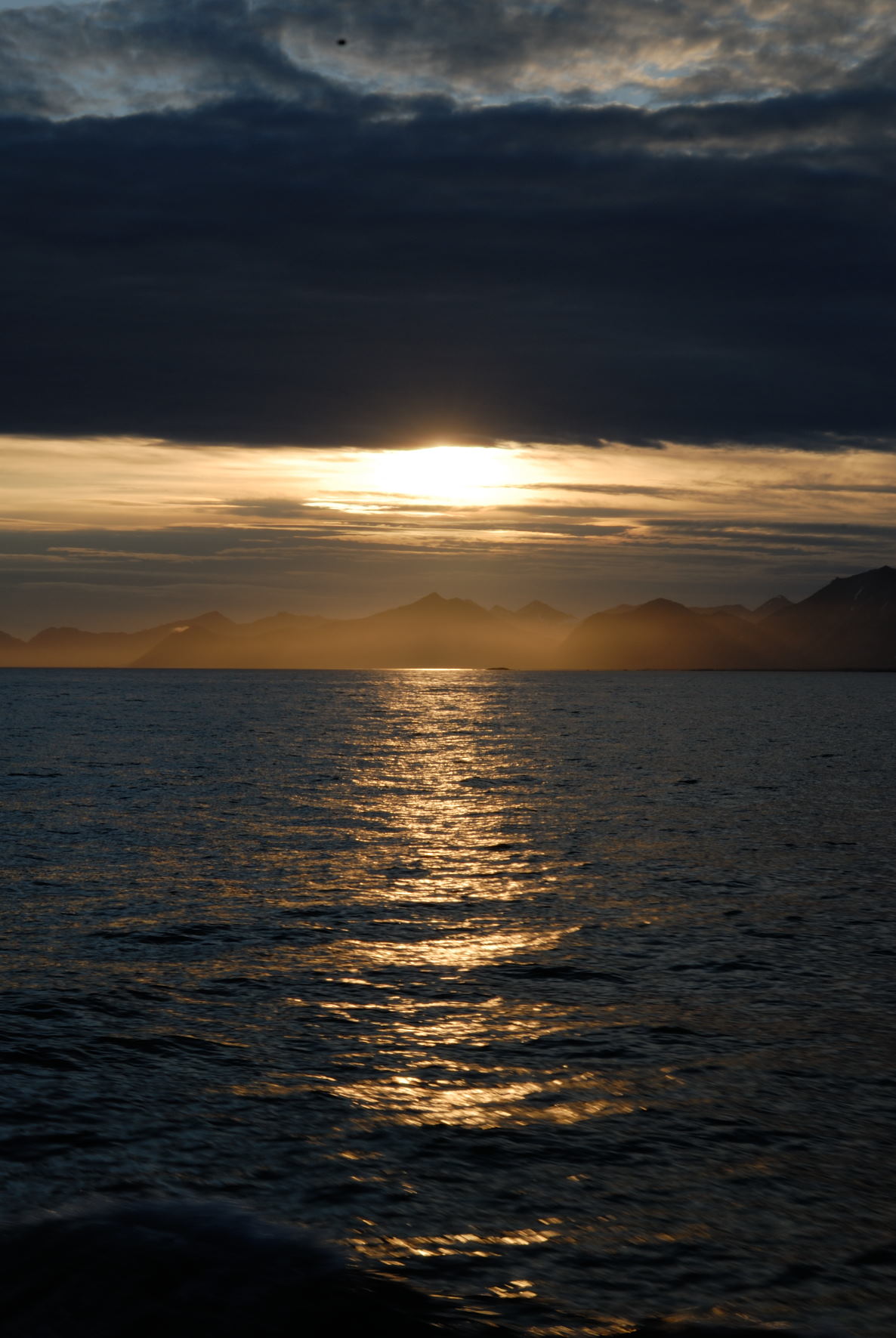
photo: P. Kukliński |
|
|



